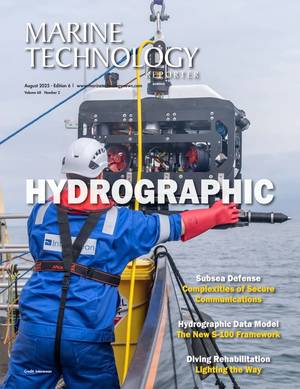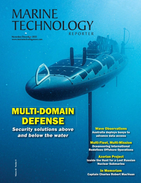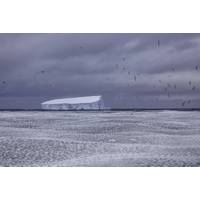
Antarctica Undergoing Abrupt Change
Antarctica and the Southern Ocean are experiencing abrupt changes due to human-caused climate change, according to research published in Nature on Thursday.The research review, led by Professor Nerilie Abram from the Australian National University (now Australian Antarctic Division Chief Scientist), shows that multiple rapid changes across the Antarctic environment are already underway, or imminent.These abrupt changes include a rapid decline in sea-ice coverage, weakening of ice sheet and ice shelf stability, and population declines in some marine and terrestrial species, due to habitat loss.“Hum
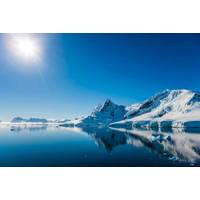
Rapid Loss of Antarctic Ice Might Signal Climate Tipping Point
that draw down vast quantities of carbon from the atmosphere, the study said."Antarctic sea ice may actually be one of those tipping points in the Earth's system," said Abram, a former professor at the Australian National University (ANU) and now chief scientist at the Australian Antarctic Division.Reining in global carbon dioxide emissions would reduce the risk of major changes in the Antarctic but still may not prevent them, the study said."Once we start losing Antarctic sea ice, we set in train this self-perpetuating process," Abram said. "Even if we stabilise
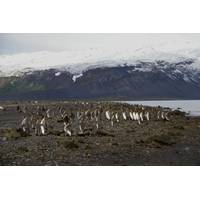
Australian Researchers Head to Heard Island
This year, the Australian Antarctic Division will lead expeditioners and scientists working with the Australian Antarctic Program on two voyages to Heard Island and McDonald Islands.Heard Island is a land of fire and ice, home to Australia’s only active volcano, with 12 major glaciers carving through the landscape and penguin and seal colonies dotting the coastline.With the nearby McDonald Islands, they are one of Australia’s most remote territories, located in the southern Indian Ocean, 4,000km south-west of the Australian mainland.The campaign, using Australia's icebreaker, RSV Nuyina
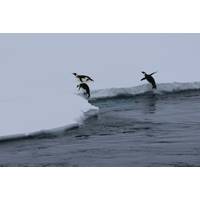
Concern Raised for Major Shift in Antarctic Sea-Ice Coverage
climate, ecological and societal systems, according to new research published in PNAS Nexus.These impacts include ocean warming, increased iceberg calving, habitat loss and sea-level rise, and effects on fisheries, Antarctic tourism, and even the mental health of the global human population.Led by Australian Antarctic Program Partnership oceanographer Dr Edward Doddridge, the international team assessed the impacts of extreme summer sea-ice lows, and the challenges to predicting and mitigating change.“Antarctic sea ice provides climate and ecosystem services of regional and global significance,&rdquo
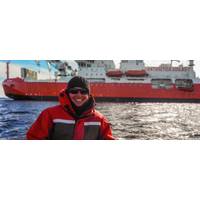
Australian Antarctic Program Appoints Chief Scientist
The Australian Antarctic Program has appointed Professor Nerilie Abram from the Australian National University as its new Chief Scientist.Abram is a professor of climate science and was elected as a Fellow of the Australian Academy of Science in 2024.“I’m incredibly excited and honoured to be taking up the role of Chief Scientist of the AAD,” Abram said. “Antarctica is such a special place, and the science that the Australian Antarctic Program does is critical for protecting Antarctica, and for preparing Australia and the world for how changes in Antarctica will affect us all.
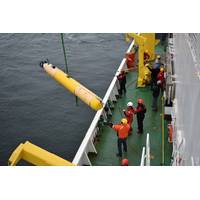
MBARI Research Supports Cryospheric Science
a powerful tool for assessing the biodiversity of aquatic environments.MBARI’s Environmental Sample Processor (ESP) and Filtering Instrument for DNA Observations (FIDO) allow researchers to collect and study eDNA in remote environments. Earlier this year, MBARI, in collaboration with the Australian Antarctic Program, sent ESP and FIDO instruments on the research icebreaker Nuyina on an expedition to the Denman Glacier region in East Antarctica to evaluate applications for this eDNA technology in the Southern Ocean
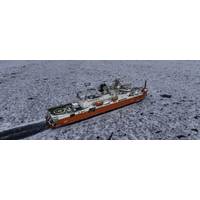
RSV Nuyina Completes Dedicated Marine Science Voyage for the Australian Antarctic Program
The RSV Nuyina, operated by Serco, has returned safely to Hobart after a 9-week dedicated marine science voyage to the Denman Glacier, carrying 85 Australian Antarctic Program expeditioners and 45 crew. In achieving its third 2024/25 season voyage, the Nuyina successfully facilitated research and navigated through harsh environmental conditions, including winds at times reaching 63 knots (116 km/hour), thick ice and frequent periods of very low visibility.The Australian Antarctic Program had previously been unable to access Antarctica’s Denman Glacier—which is of prime scientific interest
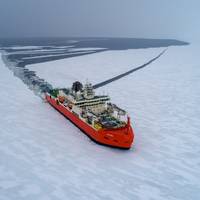
Denman Glacier Has Already Lost Over 250 Billion Tons of Ice
glider can be controlled remotely by colleagues working in the United States.A key aim of the research being conducted onboard Nuyina is to quantify how much the glacier might contribute to rising sea levels in a warming climate in the centuries to come.The voyage is a collaboration between the Australian Antarctic Division, Securing Antarctica's Environmental Future (SAEF), the Australian Centre for Excellence in Antarctic Science (ACEAS) and the Australian Antarctic Program Partnership (AAPP)
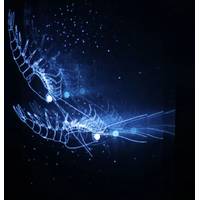
Dancing Krill
Chase, probe, embrace, flex, push. It’s probably too much information, but that is how krill mate.The behavior was recorded on a deepsea camera 500 meters below the surface of the Southern Ocean back in 2011 by Australian Antarctic Division researchers – who then made an animated illustration of this special “dance.”Krill can change from adults to juveniles, and they can survive over 200 days of starvation, reducing their size by using their own body proteins rather than molting their exoskeleton.They are known for being an important food source for whales, seals and penguins
 August 2025
August 2025
